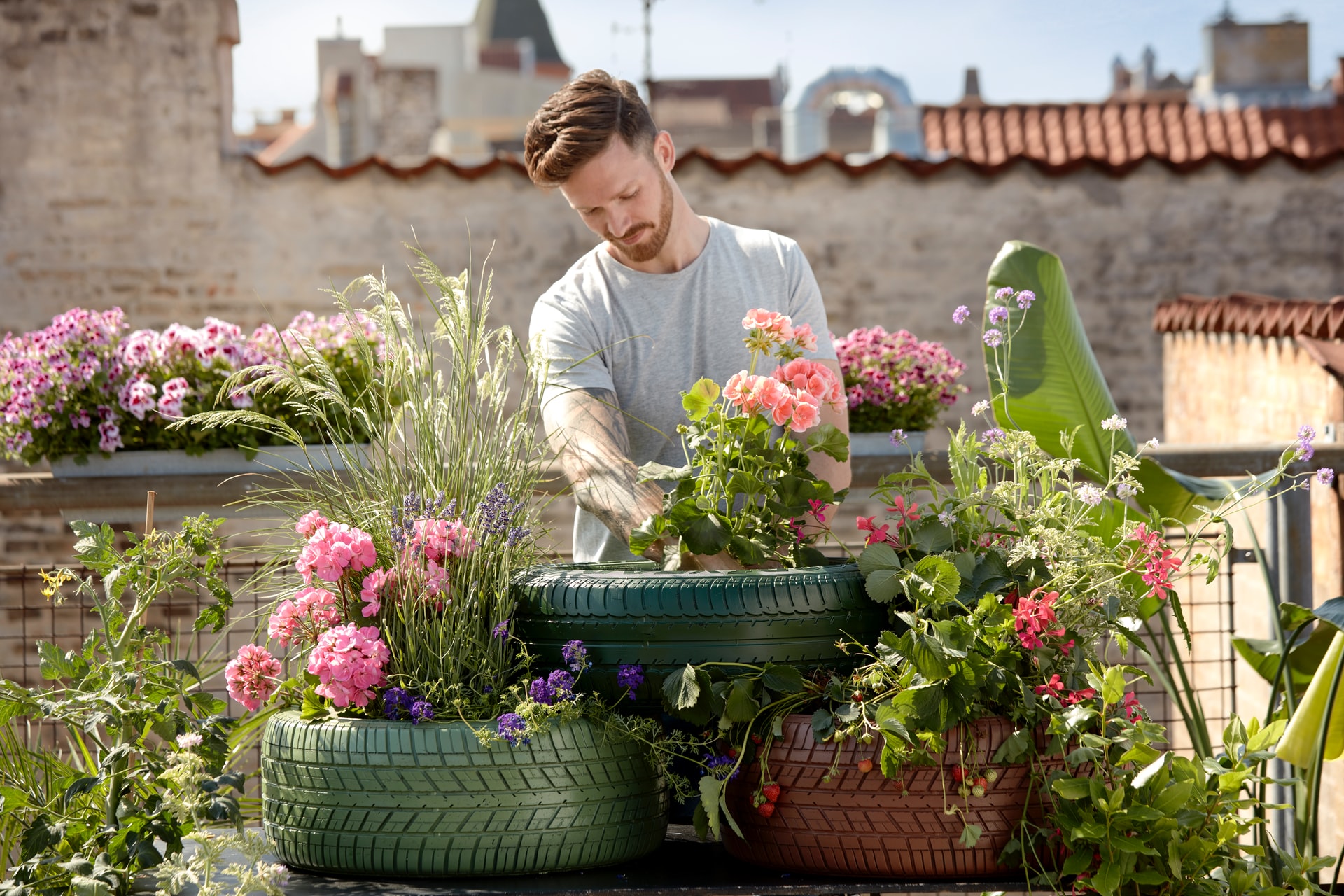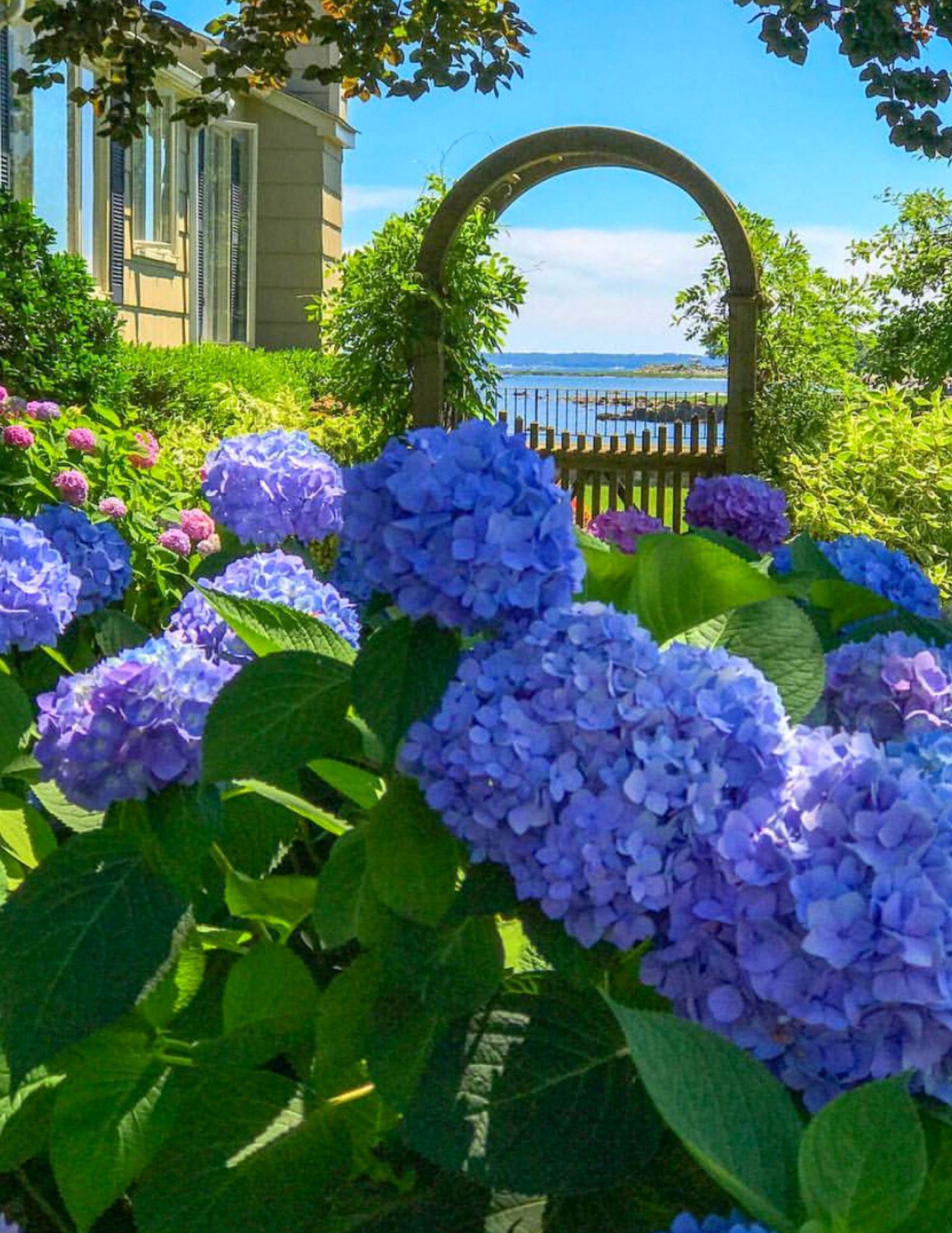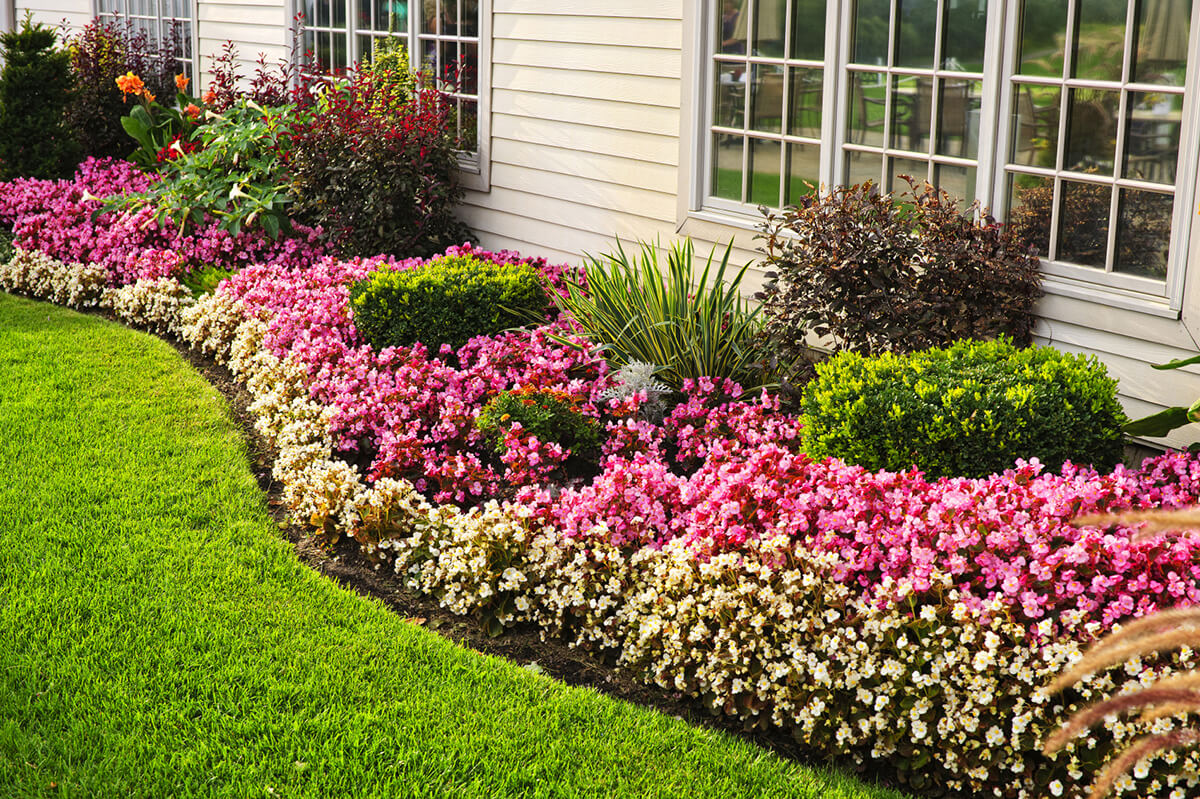Top 4 Flowers You Should Have In Your Garden If You Live In A Cold Area

Categories:

And be careful, we’re not talking about old branches or sad little shrubs with bare wood, but real flowers with sparkling colors! Hardy plants are there to bring light and color back to the landscape. In fact, some of them, called “non-frozen”, can even brave the frost. Here are 4 flowers to plant in winter in your garden to color and brighten up the landscape in cold weather.
1. Camellia
This flower is not only beautiful, but it also gives off a pleasant scent. You will find the camellia in different forms: red, pink, white, and yellow, with single or double flowers. The Camellia sasanqua variety blooms from November to April. Camellias generally appear in garden centers from the end of January in containers.
Having the reputation of a difficult culture, choose your camellia already in flower. Contrary to many shrubs, the camellia can be planted without any problem in the middle of its bloom. This flower appreciates acidic soils (pH>7) but does not tolerate calcareous soils. The ideal exposure is in the middle of the shade because the camellia does not support the continuous sun.
Although hardy, you will have to beware of frosts! The camellia can die as soon as it reaches 0°C. In case of very cold weather, do not forget to mulch your plants. Be sure to remove the faded flowers little by little for a beautiful bloom. It is also possible to grow camellia in a pot. To do so, add 2/3 of heather soil and 1/3 of brown peat to your pot. Beware of water stagnation. The roots of the camellia are fragile, be careful not to drown them!
2. Helleborus (Christmas Rose)The magnificent Christmas Rose (hellebore) lives up to its name because it is in winter that its blooms can be observed. This ev
ergreen perennial is part of the Ranunculaceae family. It is important to know that the Christmas Rose does not bloom until after 1 or 2 years, so you will have to be patient.Once installed, the Christmas Rose requires very little care and will bloom in the same place for many years. If you choose to plant it in the ground, don’t forget to mulch around the plant with dead leaves or other organic matter that will nourish the soil. If you choose to grow it in a pot, all you need to do is make a mixture of clean soil and potting soil.
3. Winter JasmineThe winter jasmine is a climbing plant. Very hardy, it can withstand temperatures as low as -15°C. Its dark wood without leaves brings out the magnificent yellow of its small flowers. The winter jasmine gives off a pleasant perfume that will bewitch your senses. This plant grows in most regions in the United States.
Although this jasmine is the most rustic, it does not tolerate frost. The ideal time to plant it is in the fall; however, the winter jasmine can be planted outside this period as long as frost and heat are avoided. In the coldest regions, it is preferable to grow it in pots. Moreover, the winter jasmine is ideal for terraces or verandas because of its slow growth.
Potting soil for flowering plants will suffice, or you can opt for a mixture of peat and sand. It will have to be repotted in spring. However, the winter jasmine is not an indoor plant; in winter, it cannot stand temperatures above 15°C. During this period, one watering per week is enough because the excess water is harmful to it. For a good bloom, prune the dead branches in spring.

Its evergreen leaves are reminiscent of holly. It is one of the most beautiful shrubs you can see in winter. The exotic mahonia has a sweet lily of the valley fragrance. This plant needs deep and humid soil. It tolerates temperatures as low as -18°C. The numerous small lemon-yellow flowers are gathered by 10 to 20 in small bunches. After flowering, the fruiting of small blue-black berries can be observed, which only embellishes the plant.
For a spectacular effect, plant three subjects together. The best period of plantation is between October and March. However, its growth is rather slow; it generally takes 20 cm per year. On average, the mahonia reaches 2 to 3 meters in height, but some subjects can reach 5 meters! Although very hardy, it is recommended to use a canopy in the coldest regions where temperatures go below -5°C. But once adult, the mahonia resists without problem to negative temperatures going to -10°C.
Sound off in the comments section below and tell us what you want to read next and if you want to read more about winter-resistant flowers.
3 thoughts on “Top 4 Flowers You Should Have In Your Garden If You Live In A Cold Area”